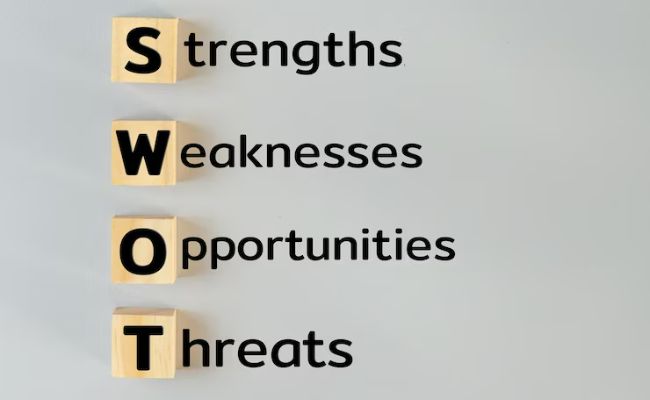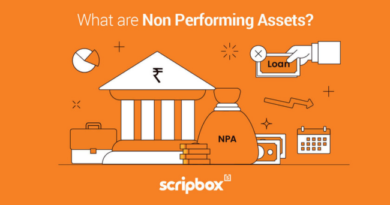Applying SWOT in Risk Planning – A Forward-Looking Framework for Uncertainty Management
From Retrospective to Predictive Risk Thinking
Most risk models look backward—at past losses, missed goals, or reactive fixes. SWOT, when applied properly, shifts the lens forward. It helps companies prepare for tomorrow’s uncertainties by anchoring risk strategy in strategic forecasting.
Why SWOT is Ideal for Uncertain Times
- It blends internal and external insights
- It aligns with both short-term and long-term planning
- It connects business strategy directly with risk awareness
In a post-pandemic, rapidly digitizing, climate-conscious world, foresight is as important as oversight.
SWOT + Uncertainty Planning = Strategic Resilience
| SWOT Element | Future-Facing Focus | Risk Strategy Implication |
| Strengths | What can we rely on in times of disruption? | Fortify and scale these resources |
| Weaknesses | What gaps might be amplified in crises? | Allocate budget and training now |
| Opportunities | What trends can buffer or reduce risk? | Fast-track adoption of beneficial trends |
| Threats | What external changes could blindside us? | Build flexible contingency scenarios |
Future-Readiness via SWOT
1. Scan Emerging Trends
Use horizon scanning and risk journals to inform your SWOT matrix.
2. Engage Strategic Planners
Marry SWOT outputs with long-range scenario planning.
3. Conduct “Stress SWOTs”
Test each SWOT quadrant under best-, worst-, and moderate-case futures.
4. Integrate with Innovation Labs
Use innovation functions to explore opportunities and tech-based mitigation options.
Sample Scenario: SaaS Company
- Strength: Scalable architecture
- Weakness: Low penetration in Asian markets
- Opportunity: Growing demand for compliance-focused software
- Threat: Data sovereignty laws evolving across regions
With this matrix, leadership prioritized regional expansion readiness, improved legal advisory systems, and invested in localized data centers.
Advantages of Future-Focused SWOT
- Better capital planning
- Improved stakeholder confidence
- Agile strategy refresh cycles
- Stronger resilience narrative for investors
FAQs
1. How do you make SWOT future-ready?
Involve foresight experts and strategic analysts, not just operations.
2. Is SWOT relevant in AI-driven risk management?
Yes—it humanizes insight and contextualizes AI outputs.
3. Should SWOT change every quarter?
No, but review and update it quarterly based on external changes.
5. What if there are no clear opportunities?
Look to adjacent industries or global trends—opportunities often hide in market shifts.
6. Can SWOT help during market downturns?
Absolutely—it shows where to cut, where to protect, and where to pivot.
Conclusion
Applying SWOT in risk planning isn’t just about risk awareness—it’s about readiness. When adapted for a future-focused strategy, it becomes a powerful engine for long-term resilience, innovation, and leadership.
Explore Best Online Courses to Learn Risk Management
If you’re new to risk management or looking to deepen your expertise, there’s no better time to start than now. Learning from industry experts can help you build a strong foundation and gain certifications that set you apart in the job market.
At www.smartonlinecourse.com, in collaboration with the Risk Management Association of India (www.rmaindia.org), you can explore a range of self-paced, affordable online courses designed for both beginners and professionals. These courses are tailored to real-world needs, taught by experts, and designed for flexible learning.
👉 Visit www.smartonlinecourse.com to explore more!
📧 Email: [email protected]
Or WhatsApp us at: 8232083010/9883398055




